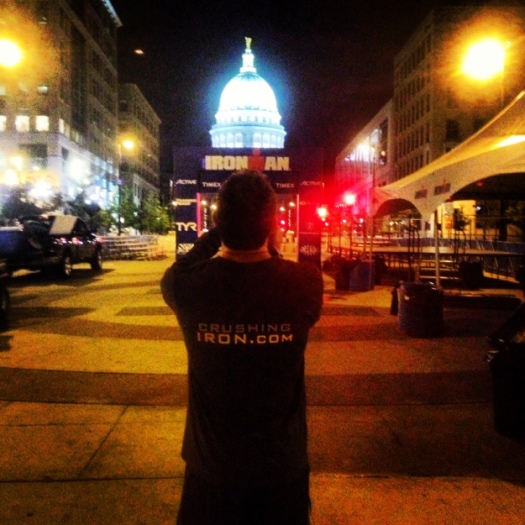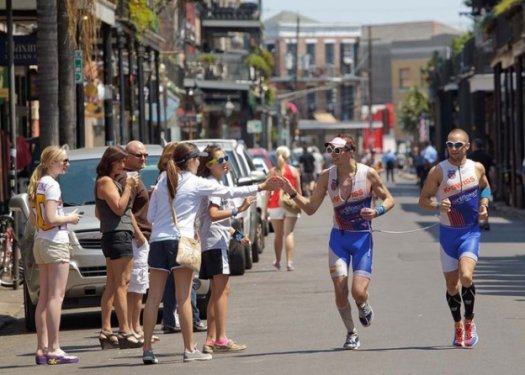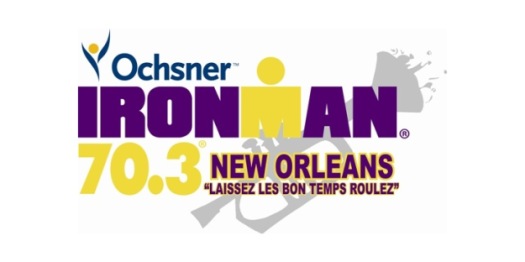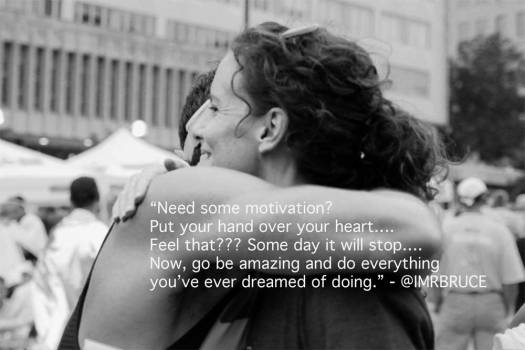Ten years ago I moved to Nashville and my goal was a new beginning. I didn’t know anyone and wanted to change some harmful patterns I had created. I wanted to “clean up” my act and actually do things, not sit around and talk about them. It only took about three days for me to get derailed.
My new company put me up in the Marriott Vanderbilt for two weeks while I looked for a place to live. The new job was stressful and every day felt like it could be my last. I had jumped over 100 market sizes, which was pretty rare in the television business, and most nights I needed a release. Luckily the general manager of my temporary hotel residence had a key to the fast lane.
This guy was a bad ass. He was dialed into everything and surrounded by the hottest women in town. One night he asked me to join him and his friends at Happy Hour and I was hooked. From knowing nobody to being connected with everyone overnight.
There is a major lure in being popular and I got sucked right in. Suddenly I was going out 4 nights a week. Women, wine, and song lathered me like a hot shower. I couldn’t get enough. My new friends were throwing huge parties and made me feel like the guest of honor. The problem was, I wasn’t fully vested and couldn’t always fake that fact.
Some nights were great, others were rough. I drank a lot and felt worse than ever. I was even drinking on off nights at home while surfing the net looking for ways to escape the world. It wasn’t a happy time, but I’ve always been good at projecting content.
While I would go on short stints of sobriety and even attended ACA meetings, the overall pattern continued. I was in my 40’s, living in the heart of Music Row, and frolicking in dangerous territory on a nightly basis.
Eventually I moved to East Nashville and thought I might find another new beginning, but it was just a new world of isolation. It was a quiet neighborhood and I was bored. Fortunately there was a new bar gaining popularity just up the block and it became my “Cheers.” I got to know more and more people. A fresh start with new faces. I was engaged and once again loved the excitement of building a new “life.”
It was a different vibe than West End. East Nashville is loaded with creative people. Artists, musicians, photographers. The conversation was different. My level of engagement rose, but I was tired. Tired of using beer to lift my energy only to fall back into the cracks. It was getting harder and harder to get up for work and exercise was an afterthought. I was putting on weight and my energy level was non-existent without loads of caffeine.
Something had to change.
Jim and I had been friends for years, and I knew he was doing triathlons, but never thought much about it. He’d even done Ironman, and as much of an athlete as I had been, and as much as I’d marvel while watching Kona on TV, his accomplishment didn’t click. It was other-worldly-shit and I never let the reality settle in my mind. Till this day I still feel bad about not going to watch him in Louisville.
One day he told me he was coaching a Couch to 5k program and challenged me to try. Deep inside I craved being a runner. I lived on the Country Music Marathon route for years and always went out for a jog after the race. It never panned out. So after reading about the walk/run strategy Jim’s plan included, I decided to give it a shot.
I made a pledge to myself to follow the program to the letter. No more, no less.
On the first night we gathered at Nashville Running Company and set out to do a 5 minute walk warm up, 6 sixty second runs between ninety second walks, and a five minute walk cool down. It was all I could do to run 60 seconds.
Eventually that 60 seconds built to 10 minutes, then 20, then 30. I was ready for my first 5K and ran it in around 27 minutes. That was just the beginning.
I signed up for a 5 miler, a 10K, then the 1/2 marathon. I truly enjoyed my new challenge, but it was never easy. I kept putting races on the calendar to make sure I stayed the course. My muscles were in a constant state of ache, but I always felt great when a run was over. I kept going and trusting the process to change my health, habits, and outlook on life.
By that summer Jim had convinced me to do a triathlon and that’s when everything fell in place. I did the Music City Sprint and it was the first time in years that my body screamed, “Yes!” I was on my way.
Next thing was to watch Kevin compete at Ironman Louisville and that’s when heart skipped a beat. I knew I had found my next challenge. I would sign up for Ironman, but not before struggling mightily in the NashVegas Olympic.
Shortly after NashVegas, the Fab Five agreed to sign up for Ironman Wisconsin and the rest is history. Well, not quite, but the intensity of the training and team was the new beginning I had been searching for for 10 years. I was now on a genuine path that would change my mind, body, and hopefully my meaning of life. It has.
It’s hard to understand until you do it. I’m sure it’s like jumping from a plane or scaling a mountain. You’re not really sure why you’re doing it until it’s over. But, Ironman training is real progress. It isn’t the end, in fact, it’s always the beginning. The new beginning I seem to crave. Fresh, new starts that activate my enjoyment of life. New people, friends, challenges. New attitudes, new accomplishments, new love.
And while all of this is moving the right direction, it is far from complete. My body will shiver, my thoughts will waiver, and my actions will be inconsistent. But endurance training is a metaphor for life. The perfect stroke, spin, or stride is rare. You have to practice the motion thousands of times before it becomes natural. Before it flows free and easy. And it’s the same with life. Bad habits don’t just stop, they are pushed out by better ones and it’s up to us to make sure that momentum continues.






